Hip Flexors Strain
What is a Hip Flexors Strain?
A hip flexor strain is a common injury that occurs when the muscles and tendons in the hip flexor region are stretched or torn due to overuse, excessive force, or sudden movements.
The hip flexors are a group of muscles located at the front of the hip and play a crucial role in activities like walking, running, and bending at the waist. When these muscles are strained, it can result in pain, discomfort, and limited mobility in the hip area.
This injury is often seen in athletes and individuals who engage in activities that involve repetitive hip flexor movements.
In this introduction, we will explore the causes, symptoms, and treatment options for hip flexor strains to provide a comprehensive understanding of this common musculoskeletal issue.
Overview
When the hip flexor muscles are pulled, over-stretched, or damaged, hip flexor strain occurs. The condition can be caused by a variety of activities, and symptoms might include severe pain, stiffness, and decreased movement.
The hip flexors are the muscles that connect the head of the femur, which is the largest bone in the body, to the lower back, hips, and groin. There are several hip flexor muscles that all function together to allow a person to move.
They are as follows:
the iliacus and psoas major muscles, collectively known as iliopsoas, as well as the rectus femoris, which is part of a quadriceps muscle.
Overuse or overstretching of certain muscles and tendons can lead to injury, pain, and decreased mobility.
Damage to the hip area may occur from mild injuries that require no treatment to more severe injuries that cause the muscles to separate from the bone. Third-degree sprains, in which the bone breaks alongside the muscle sprain, are the most severe hip flexor injuries.
Muscle strains vs. pulled muscles
There is no difference between a strained and a pulled muscle. The names are frequently used interchangeably. The same is true for a strained or torn muscle. They are both caused by the same injury and have similar symptoms and treatments.
How common are hip flexor strains?
A common sports injury is hip flexor strain. Any athlete can injure their hip flexor, but the following sports are the most common causes of hip flexor strains:
Running, hockey, football, soccer, and martial arts are all examples of physical activities.
Symptoms and Causes
The most common symptom of a hip flexor strain is discomfort in the front of the hip. However, the condition is connected with several additional symptoms. These are some examples:
- Pain when raising your thigh toward your chest
- Difficulty when extending your hip muscles
- Muscular spasms at your hip or thigh
- Soreness to touch at the front of your hip
- This discomfort may be felt while running or walking.
Hip flexor strain occurs when your hip flexor muscles and tendons are overworked. As a result, the muscles and tendons become inflamed, unpleasant, and painful. Some people are more prone to hip flexor strain than others. These are some examples:
Hip flexors enable you to bend your knee while flexing your hip. Sprinting, kicking, and changing direction when running or moving can all stretch and tear the hip flexors.
Runners, martial artists, and football, soccer, and hockey players are more likely to suffer from this sort of injury.
Other variables that can cause hip flexor strain are:
- Muscle weakness
- Not warming-up
- Muscle tenseness
- Accidents or fall
A hip flexor strain is characterized by muscular tearing. These tears can range in severity from minor to severe:
Grade I tear: a small tear involving only a few fibers.
Grade II tear: a large number of muscle fibers are destroyed, resulting in a moderate loss of hip flexor function.
Grade III tear: the muscle is entirely ruptured or ripped, and you cannot walk normally.
Diagnosis And Test
Your doctor will examine you and do some range-of-motion tests to determine where the pain is the most severe.
If you have a more serious strain, your doctor may do the following imaging tests to identify your hip flexor strain:
Ultrasound: An ultrasound will be used by your clinician to check for tears or fluid buildup around your hip flexor muscle.
MRI: An MRI will assist your provider in detecting blood clots or internal bleeding.
These tests will also allow them to determine whether your injury injured any other tissues, such as tendons or ligaments.
Management And Treatment
Rest and limited activity are frequently used to treat hip flexor injuries. Your doctor may recommend medicine to assist in reducing inflammation and pain if the strain is severe. In rare circumstances, the muscles may be ripped, needing surgery to repair.
Many of the difficulties connected with hip and hip flexor injuries, as well as joint pain from referred injuries throughout the body, can be avoided with some simple preventative stretches and exercises. Stretching the soft tissues around the hip might also aid in pain relief.
Medicine
Anti-inflammatory drugs like ibuprofen or naproxen may be recommended.
Other low-pain medications, such as acetaminophen, can also be used.
Application of cold and heat
For swelling and after any activity that aggravates symptoms, apply cold for 10 to 15 minutes every 2 to 3 hours. Apply ice packs or do an ice massage.
Heat can be utilized before stretching and strengthening exercises advised by your doctor or athletic trainer. Make use of a heat pack or a warm soak. For 10 to 15 minutes, apply.
Exercise
Hip flexor muscles can be strengthened with hip workouts. Most exercises are gentle stretches that may be done at home to assist in reducing tension and prevent further injury.
Gentle swimming and cycling, in addition to at-home workouts, can be good for strengthening strength and preventing hip flexor strain.
Warming up muscles before beginning exercises ensures that they are ready to be stretched and may prevent further straining.
Applying heat to the area and going for a few minutes of easy walking are excellent strategies to warm up before commencing the stretches.
Stretches to relieve hip flexor tightness
The stretches listed below can help:
- Decrease the tension
- Increase adaptability
- Avoid injuries
- Strengthening muscles
Hip flexor stretch

A person should put both hands on strong support in front of them when standing in a wide walking position. Lunge forward with the front knee bent. They should push their hips forward while maintaining a straight back. Hold for 20-30 seconds before repeating 5 times.
Seated butterfly stretch

Individuals should sit up straight on the floor and place the soles of their feet together, allowing their knees to flex outwards. Their heels should be slowly drawn inwards, and their knees should be dragged closer to the floor. Stretch for 10 to 30 seconds.
Bridge pose
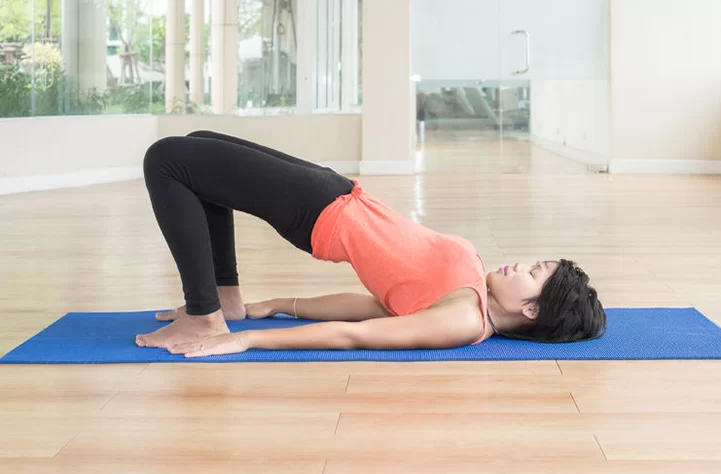
A person should lie on their back with their knees bent and their feet on the floor to do this pose. They should exhale deeply before lifting their hips off the floor and tightening their glutes. Hold for a time, then lower slowly and repeat.
Lunges
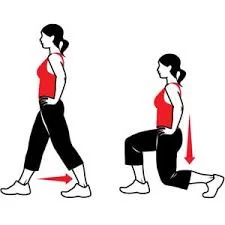
To begin, a person should stand upright with their feet together. They will take a stride forward with their right foot, bending their knee and shifting their weight onto that leg before lowering their hips to the floor and remaining in that position.
Hip flexion
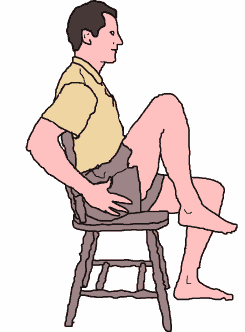
Individuals should begin by resting flat on their backs, legs straight. They will gradually pull the knee of their right leg as near to their chest as possible without straining. Repeat on the opposite side after carefully lowering the leg.
Methods for treating strain at home
Some people may not go to the doctor for mild hip flexor problems and instead treat themselves at home.
Some popular methods for treating hip flexor strain include:
- Resting the muscles to allow them to heal and avoiding activities that may cause extra strain
- Wearing a compression wrap around the area, which is available in pharmacies or online
- Placing an ice pack in the afflicted area (available in pharmacies or online).
- A hot shower or bath over-the-counter pain medicines, such as ibuprofen (Advil, Motrin), acetaminophen (Tylenol), or naproxen sodium (Aleve)
It is important to follow instructions carefully and not use these medications for more than 10 days.
If the pain remains after these therapies, a person should see their doctor to consider alternate treatments.
Surgery
A doctor would normally order an X-ray, MRI, or CT scan in more severe cases to assess whether the bone has been shattered.
When the injury is severe, a doctor may advise a patient to see a physical therapist or undergo surgery to repair the muscle. However, this kind of injury is uncommon.
If a limp is caused by a hip flexor strain and the symptoms do not improve after a week of resting and treatment at home, it is best to see a doctor.
Prevention
Stretching and warming up before exercise is the best way to avoid hip flexor injuries. Increased flexibility will also protect your muscles from injury. The more your flexibility, the more room your muscle fibers have to stretch before they tear.
It’s equivalent to how some materials are more flexible than others. Because you’ve stretched out your favorite pair of jeans over the years, they’re quite flexible. However, you may need to wear a brand-new pair a few times before they feel comfortable. Your muscles are the same. The more you exercise and stretch them, the more flexibility and give they have when you move.
Summary
A hip flexor strain is a common injury caused by overstretching or tearing of the muscles in the front of the hip. It can be caused by a sudden movement, such as kicking a ball or running up stairs, or by overuse of the hip flexors, such as from sitting for long periods.
The main symptoms of a hip flexor strain include pain and tenderness in the front of the hip, difficulty bending the hip, and muscle spasms.
Most hip flexor strains can be treated at home with rest, ice, compression, and elevation (RICE). Over-the-counter pain medicines, such as ibuprofen or acetaminophen, can also be beneficial. Consult a doctor if the pain is severe or does not improve with home care. You may require physical treatment for your recovery.
Prevent hip flexor strains:
- Warm up before exercise.
- Stretch your hip flexors regularly.
- Avoid overuse of the hip flexor muscles.
- Strengthen your hip flexors and core muscles.
- Maintain a good posture.
- Avoid sitting for long periods.
If you think you have a hip flexor strain, it is important to rest and allow the muscles to heal. Continuing to use the injured muscles can make the injury worse. You should also avoid activities that aggravate the pain.
Once the pain has subsided, you can begin to gently stretch and strengthen the hip flexor muscles. This will help to prevent the injury from recurring.
FAQs
What should I avoid with hip flexor strain?
You can improve a hip flexor strain by avoiding intense activities for at least 10-14 days following injury. If the discomfort remains after you have resumed your activities, it is best to first focus on relaxing your hip muscles.
What is the most efficient way to recover from a hip flexor strain?
Rest.
Stop any activity that gives you pain.
Gentle hip extension stretching can aid with recuperation.
For 2 to 3 days, ice the region for 20 minutes every 3 to 4 hours.
How can hip problems be prevented?
Here are some important tips for preserving your hips and avoiding hip injury:
Keep a Healthy Weight.
Maintain proper posture.
Cushion your hips and knees while sleeping.
Wear comfortable, supportive shoes.
Stretch and warm-up
Incorporate resistance training into your workouts.
What makes hip flexor pain worse?
Patients often experience hip flexor pain in the groin area or the front of the hips, which can be aggravated by motions such as kicking, abruptly shifting direction, or any activity that demands elevating the leg, such as stair climbing.
Can I work out with hip flexor strain?
Light exercise is recommended for relieving hip flexor strain. Several exercises are prescribed to stretch, strengthen, and relieve hip discomfort
References
- Hip flexor strain – aftercare: MedlinePlus Medical Encyclopedia. (n.d.). https://medlineplus.gov/ency/patientinstructions/000682.htm
- Crna, R. N. M. (2019, March 8). Understanding Hip Flexor Strain. Healthline. https://www.healthline.com/health/hip-flexor-strain
- Professional, C. C. M. (n.d.). Hip Flexor Strain. Cleveland Clinic. https://my.clevelandclinic.org/health/diseases/23978-hip-flexor-strain
- Cadman, B. (2023, May 24). What a hip flexor strain feels like, and how to recover. https://www.medicalnewstoday.com/articles/320655
- Hip Flexor Tear or Strain | Orthopedics | Mercy Health. (n.d.). https://www.mercy.com/health-care-services/orthopedics-sports-medicine-spine/specialties/hip/conditions/hip-flexor-tear-strain
- Sports Medicine: Hip Flexor Strain. (n.d.). https://www.nationwidechildrens.org/conditions/sports-medicine-hip-flexor-strain
- Hip Flexor Strains: Causes, Symptoms, and Treatment. (2023, July 18). AIRROSTI. https://www.airrosti.com/injuries-we-treat/hip-flexor/

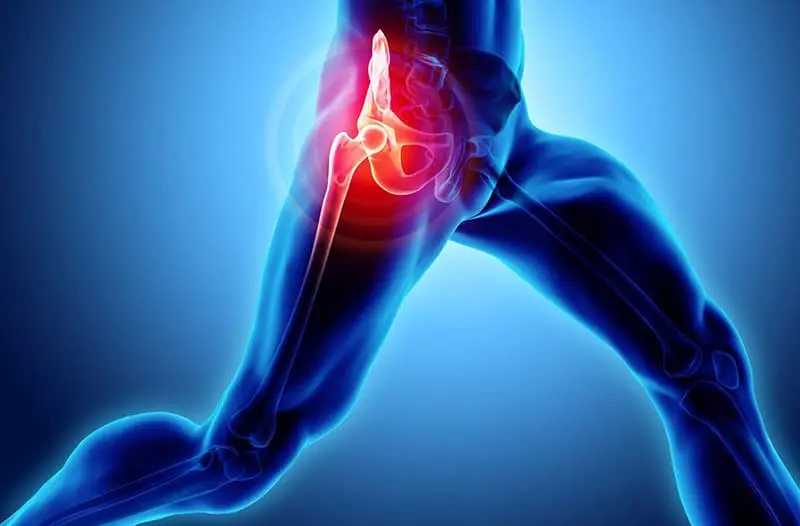

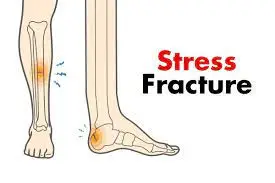
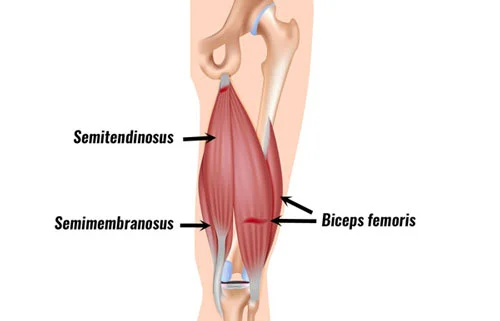
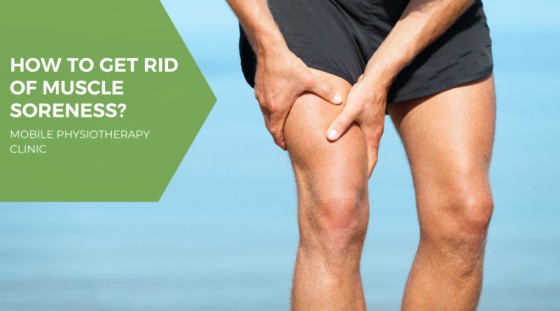
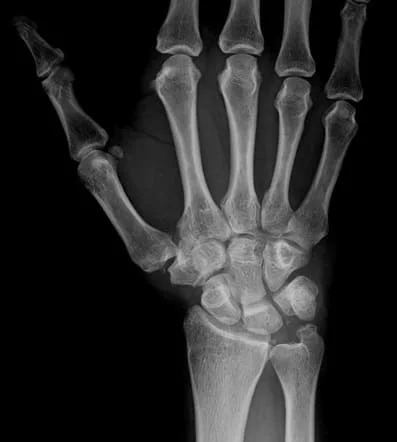
2 Comments